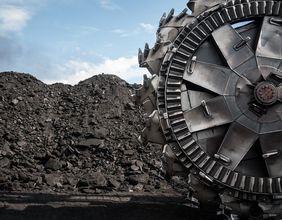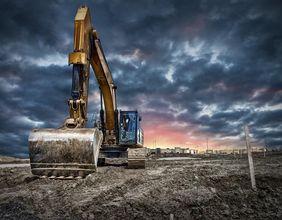Highlights
- Consumer durables are long-lasting goods with a lifespan of three years or more.
- They include products like automobiles, home appliances, and electronics.
- These goods are essential for consumer comfort, convenience, and lifestyle enhancement.
Consumer durables are a category of goods that are designed to last for an extended period, typically three years or more. Unlike consumables or non-durable goods, which are used up or expire quickly, consumer durables are built for longevity and are an essential part of daily life. This category includes a wide range of products, such as automobiles, home appliances, electronics, and furniture. These products are not only vital for everyday tasks but also contribute to enhancing the standard of living for consumers.
The durability of these items makes them significant investments for consumers. Products like refrigerators, washing machines, and cars are typically used for years, making them integral to the household. Their purchase often requires a significant financial commitment, and many consumers rely on financing options such as loans or credit to make these big-ticket items accessible. Because of their long-term utility, consumer durables tend to experience a slower rate of consumption compared to other goods, with consumers often waiting until the product is no longer functional or until a new model emerges.
Consumer durables also play a key role in economic cycles. They are often seen as indicators of economic health, as consumers tend to buy more durable goods during times of financial stability or growth. Conversely, during economic downturns, the demand for durable goods can decrease, as consumers delay purchases of big-ticket items or opt for lower-cost alternatives. This makes the consumer durables sector a critical barometer for understanding broader economic trends.
In addition to their financial impact, consumer durables are also crucial for the lifestyle and convenience they offer. Automobiles, for example, enable mobility and access to various amenities, while home appliances significantly reduce the time and effort required for household chores. Over time, the innovation and improvement of these products also contribute to the evolution of modern living, providing consumers with more efficient, environmentally friendly, and feature-rich products.
The market for consumer durables has grown increasingly diverse as technology continues to evolve. Electronics, such as smartphones, laptops, and smart home devices, are now considered part of this category, reflecting the modern consumer's demand for connectivity and convenience. These high-tech goods, with their constant innovations and enhancements, have become integral to the consumer durables sector, expanding its scope and appeal.
Conclusion
In conclusion, consumer durables are indispensable in modern society, providing long-term value and improving the quality of life for consumers. Whether it’s a vehicle, a household appliance, or an advanced electronic device, these goods are not only essential for functionality but also serve as significant economic indicators. As technology continues to evolve, the consumer durables sector is expected to remain a driving force in both the economy and consumer lifestyles, offering long-lasting solutions to meet the needs and preferences of a dynamic marketplace.






